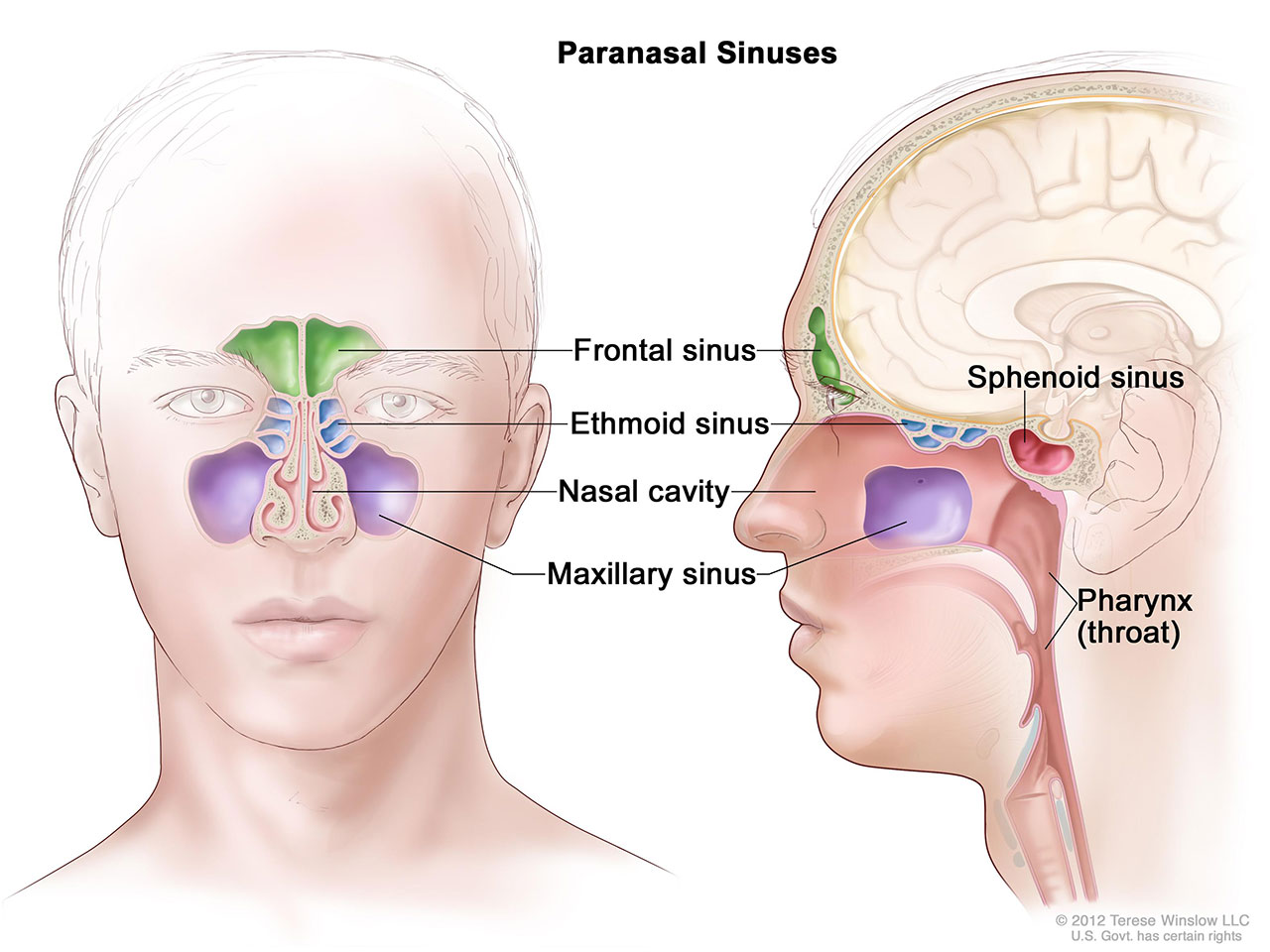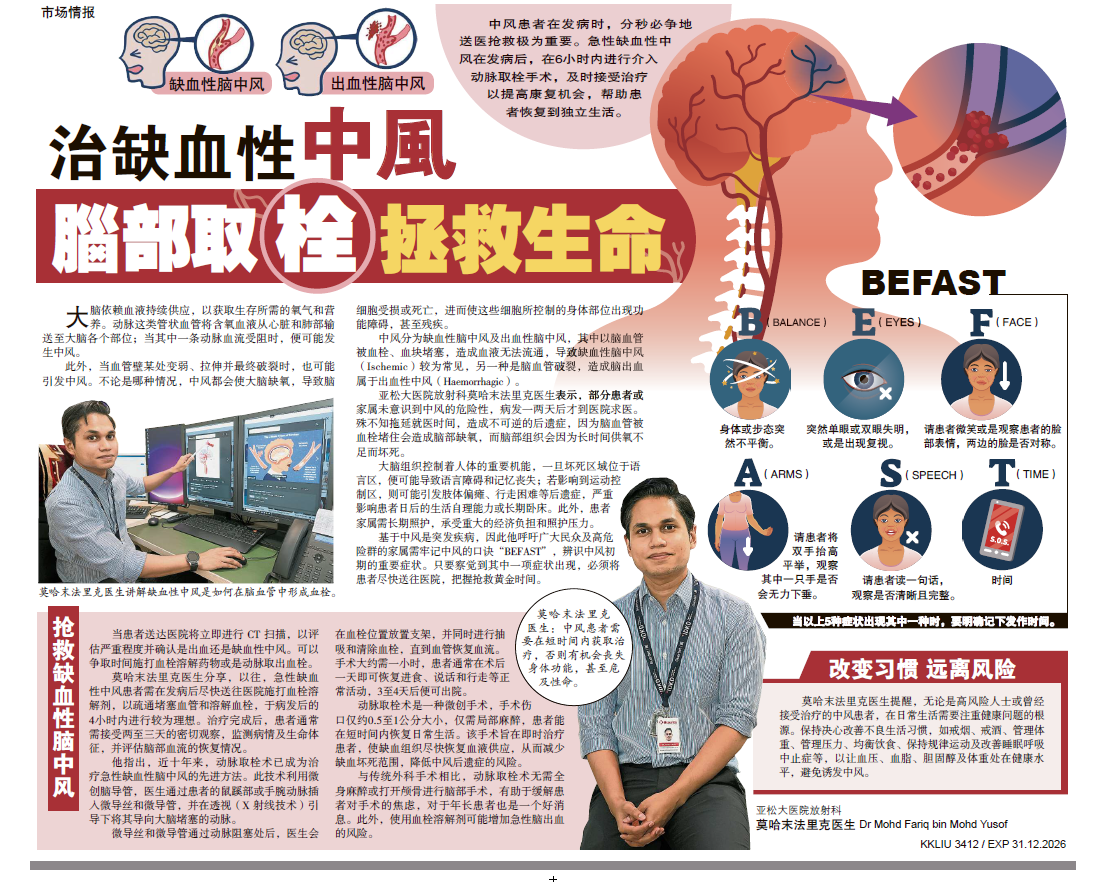Sinonasal Malignancy (Cancer In the Nose and Sinus Cavity)
- Updated on: August 6, 2023
Feel like you have a constant flu, with runny nose, pain or pressure in the ear, frequently blocked nose ,headache and facial pain? Perhaps you are experiencing frequent nosebleeds, a numbness or tingling in the face, painful teeth or dentures that do not fit, and have recently discovered a lump on your nose or lump in the neck or roof of your mouth that does not heal.
Although these are common symptoms associated with cold and flus, they may also be an indication of malignancies or abnormalities in your sinonasal cavities.
WHAT IS SINONASAL MALIGNANCY?

Sinonasal malignancy refers to abnormal, usually cancerous growths inside the nose or sinus cavity. These growths can begin at any part of the nose or sinus cavity, such as the nose lining, blood vessels, nerves, bones or cartilage.
Left untreated, these may spread to surrounding structure like eye ,brain and oral cavity and other parts of the body like neck, lungs and liver . Growths that become too big will affect your breathing, sense of smell, hearing and vision.
There are various types of sinonasal tumours, including:
- Squamous cell cancer – commonest
- Adenocarcinoma
- Lymphoma
- Adenoidcystic carcinoma
- Sinonasal Undifferentiated Carcinoma (SNUC)
- Melanoma
- Esthesioneuroblastoma
- sarcomas (arising from soft tissue, cartilage, and bone)
WHO IS AT RISK?
As with most cancers, scientists still have not identified the actual cause of sinonasal malignancy. What they do know is that it is connected to factors. These include:
- elderly ,5th and 6th decade
- Exposure to wood dust
- Exposure to cadmium, nickel and other minerals
- Exposure to leather tanning and industrial fumes
DANGER SIGNS
Having flu-like or allergic symptoms may or may not necessarily mean you have a sinonasal tumour. However, there are certain warning signs that you can watch out for. The symptoms will depend on where the growth is located. For instance:
Nose: Mucous discharge (runny nose), nasal obstruction, frequent nosebleeds, nasal crusting, difficulty breathing through one or both nostrils
Maxillary sinus (under the eye): Usually present with swelling in the cheek or under the eye. Initial presentation leads to a significant delay in the diagnosis of malignancy in maxillary sinus. It is estimated that a span of 6 to 8 months passes on average from the time of initial symptoms until diagnosis is established.
Frontal sinus (above the eye): Swelling on forehead above the eye. If the tumour grows too large, the eye will be pushed down and vision may be affected.
Ethmoid sinus (between the eyes): Double vision, pain in the eye socket, bulging of eyeball
Other signs include loss of a sense of smell, facial pain or swelling, bulging eye, tearing, visual loss, difficulty opening the mouth, hearing loss or ear pain, unexplained headaches, irritability and changes in behaviour.
HOW IS DIAGNOSIS DONE?
If you are experiencing symptoms, seek medical advice from an experienced ear, nose and throat specialist. He or she may order these tests to confirm the diagnosis:
- Nasal Endoscopic examination
- Tissue biopsy (removing some amounts of blood sample for testing)
- CT-SCAN -nose and paranasal sinuses
- CT of the chest, abdomen and pelvis
- Skull X-ray
- PET scan to rule out metastatic disease
TREATMENT
Treatment differs from one patient to another and will depend on the patient’s age, medical condition and type of tumour. Treatment can be just one or some of these:
- Surgery to remove the tumour
- Radiotherapy
- Chemotherapy
- Long-term follow up and imaging
Sinonasal malignancy is not common in Malaysia, comprising less than 3% of all aerodigestive tract tumours, but it is a very nasty and aggressive tumour. As such, early detection is important as it will increase treatment success substantially.











